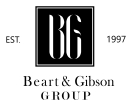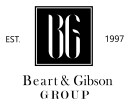Oil and Gas
Our primary business focus is securing both verified buyers and sellers to input into our Flow-Desk. Once we secure that then we are conifdent in putting them together with assurance that the trade will take place and that both parties are happy to proceed from a spot deal into yearly contracts . Our clients are from all over the world including, including, the United Kingdom, China, France, Eastern Europe, Ethiopia, Uganda, Ghana, Zambia, Mozambique and many more. In addition we assist countries to promote their economic growth, efficiency, technological progress and consumer welfare by working closely with them on various other commodities and services.
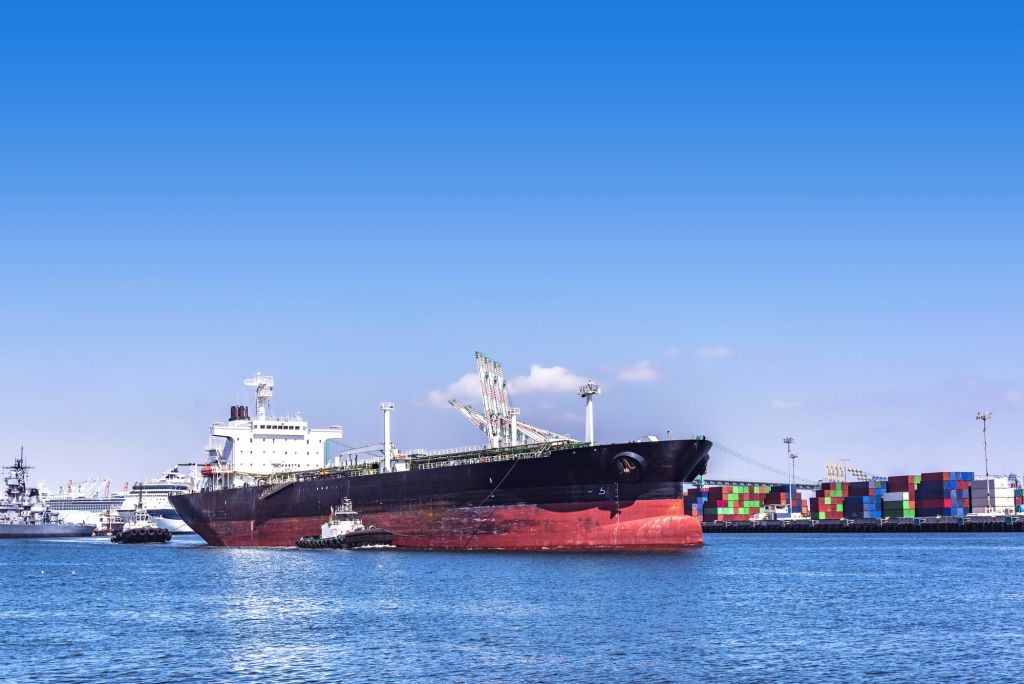
OIL AND GAS BROKERS AND TRADERS
JET A-1
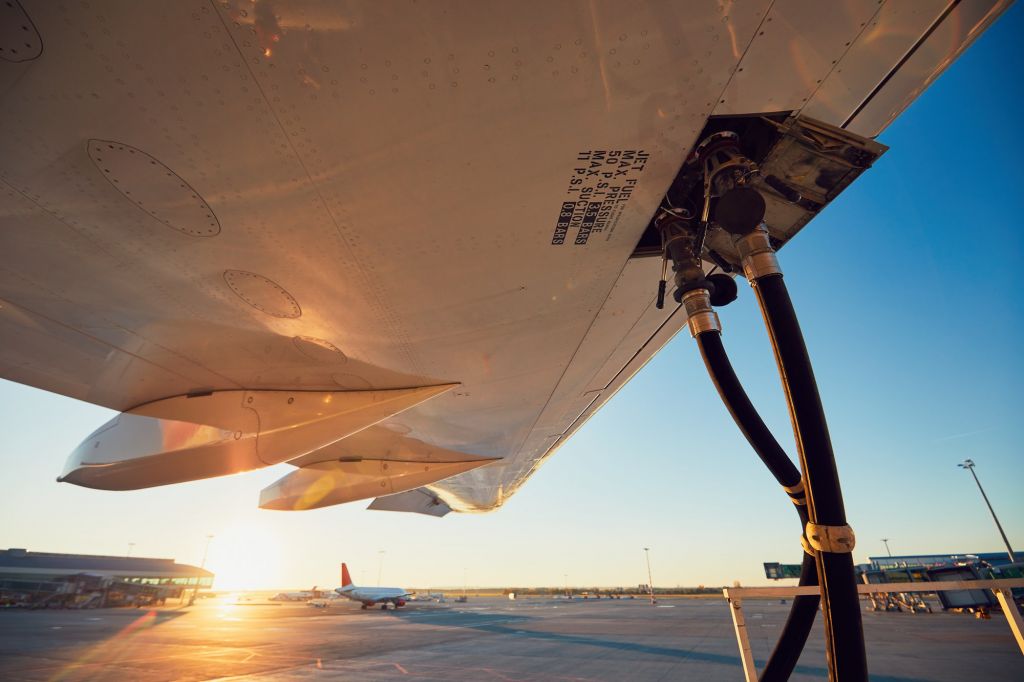
Jet A specification fuel has been used in the United States since the 1950s and is usually not available outside the United States and a few Canadian airports such as Toronto and Vancouver, whereas Jet A-1 is the standard specification fuel used in the rest of the world other than the former Soviet states where TS-1 is the most common standard. Both Jet A and Jet A-1 have a flash point higher than 38 °C (100 °F), with an autoignition temperature of 210 °C (410 °F).
D2
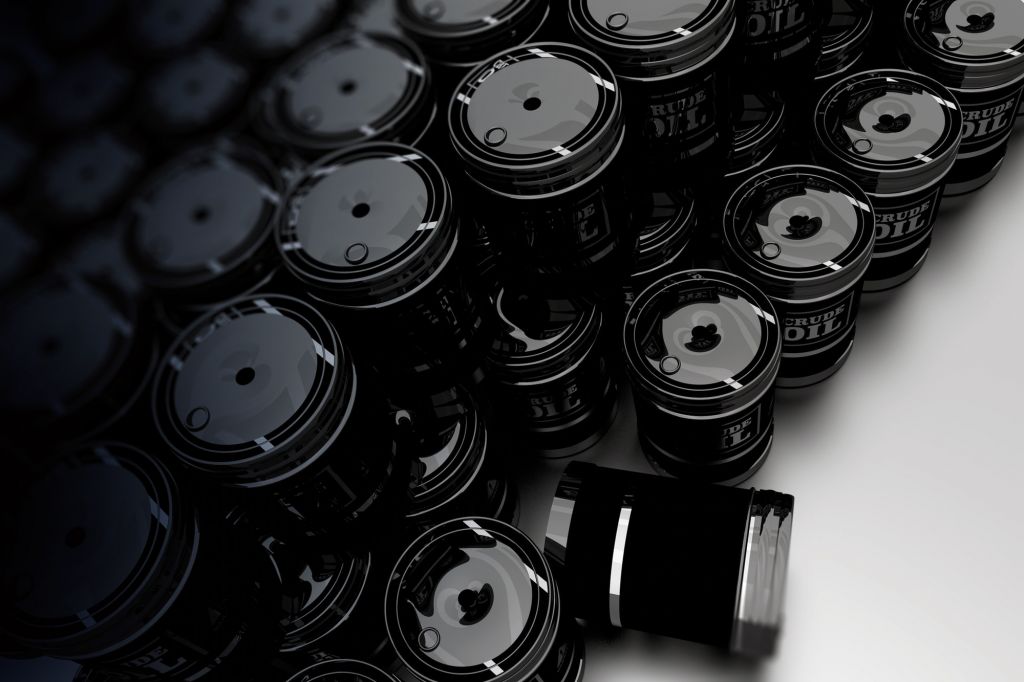
D2 is a refinery abbreviation for Gasoil. It is the second distillate from the crude oil, and can be used without reformers and additives. So, the first engines used D2 as fuel — before petrol cars as we know them today was invented. The principal difference between GASOIL and D2 is the content of sulphur.
TS-1

TS-1 is a jet fuel made to Russian standard GOST 10227 for enhanced cold-weather performance. It has somewhat higher volatility than Jet A-1 (flash point is 28 °C (82 °F) minimum). It has a very low freezing point, below −50 °C (−58 °F).[14]
D6
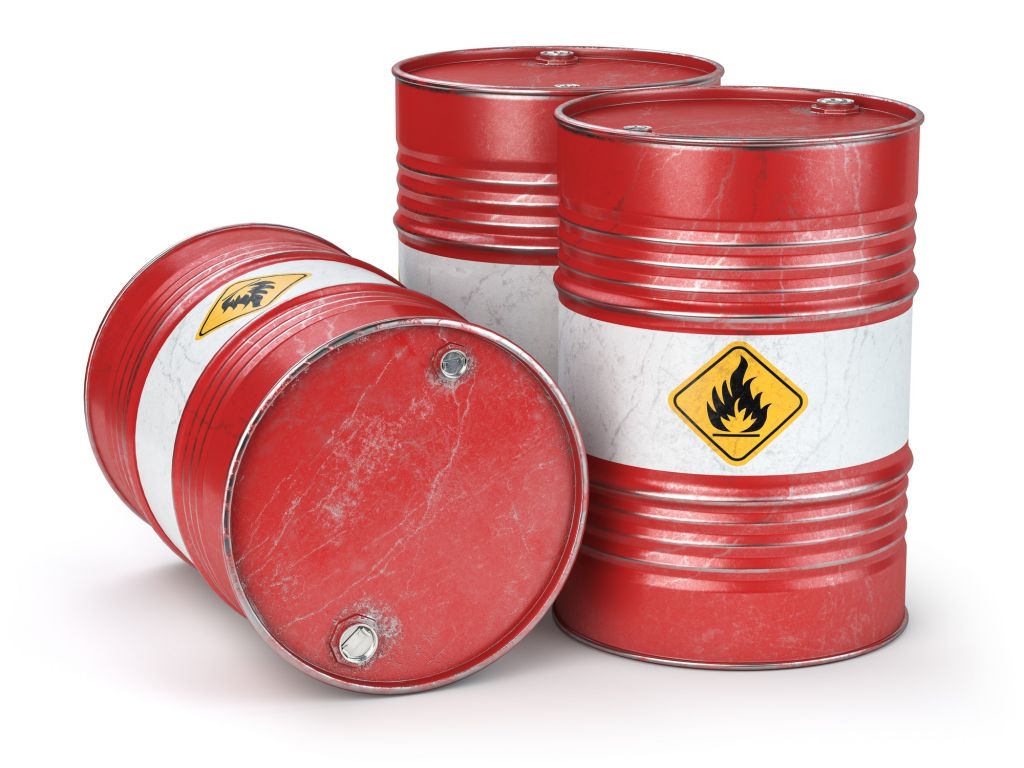
D6 is also known as Residual Fuel Oil and is of high-viscosity. This particular fuel oil requires preheating to 220 – 260 Degrees Fahrenheit. D6 is mostly used for generators. D6 is a type of residual fuel, mainly used in power plants and larger ships. The fuel requires to be preheated before it can be used. It is not possible to use it in smaller engines or vessels/vehicles where it is not possible to pre-heat it.
CRUDE OIL
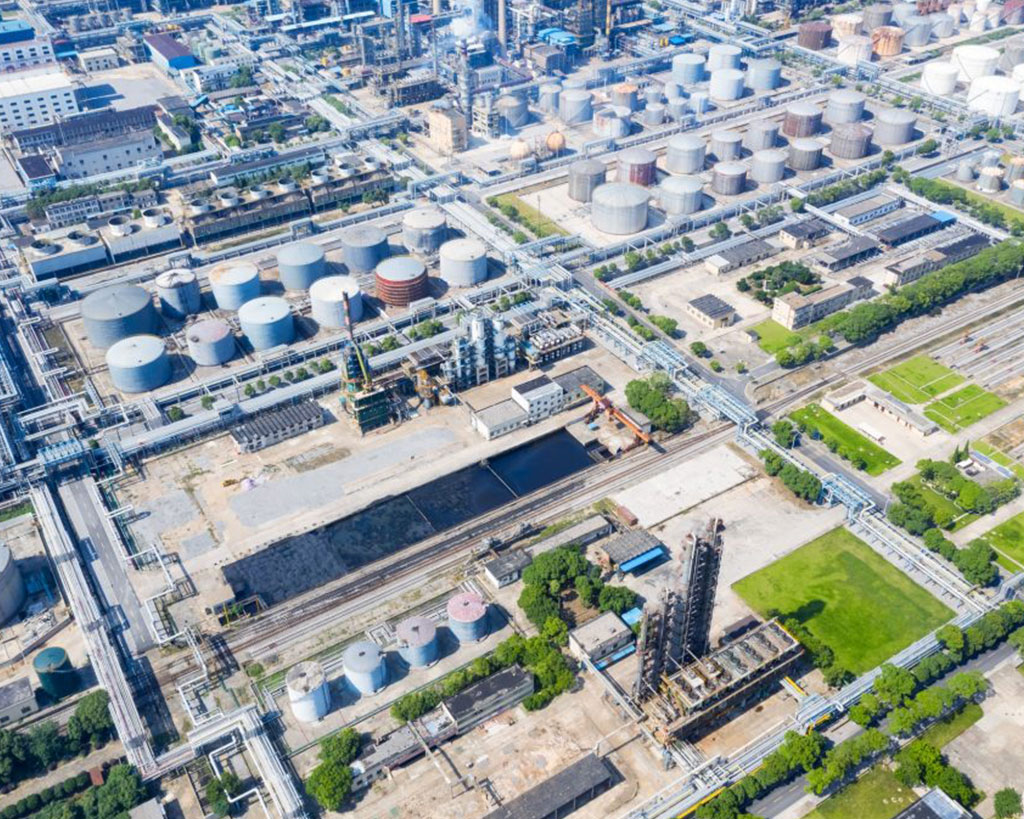
Crude oil is a naturally occurring, unrefined petroleum product composed of hydrocarbon deposits and other organic materials. A type of fossil fuel, crude oil can be refined to produce usable products such as gasoline, diesel, and various other forms of petrochemicals. It is a nonrenewable resource, which means that it can’t be replaced naturally at the rate we consume it and is, therefore, a limited resource.
EN590
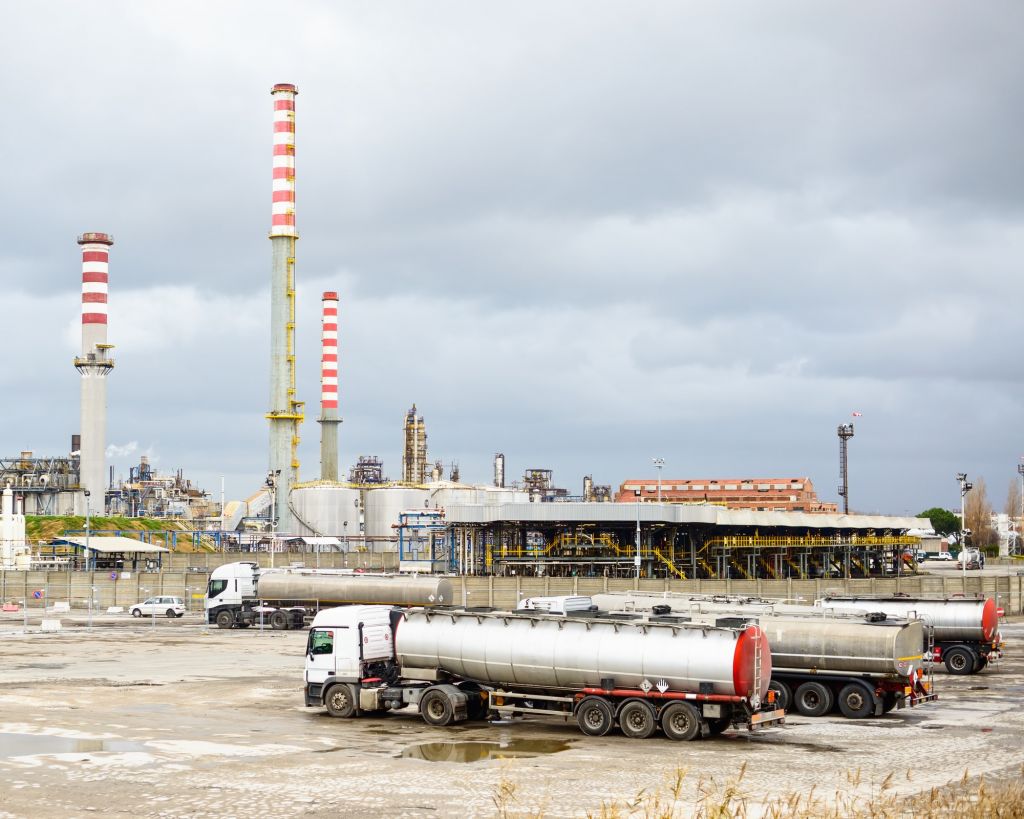
LNG
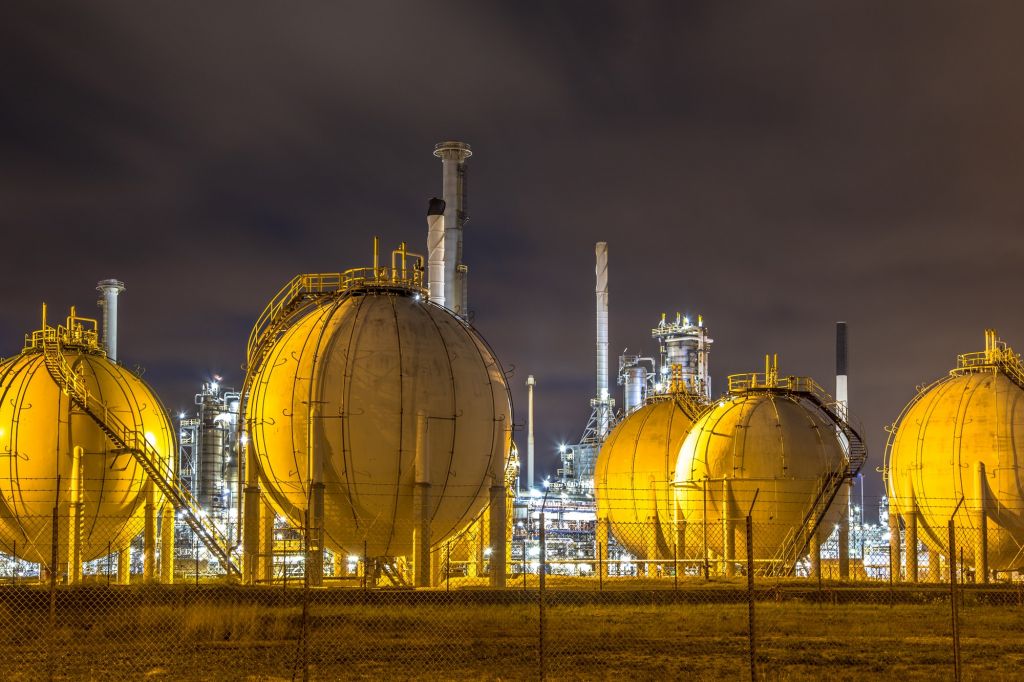
Liquefied natural gas (LNG) is natural gas that has been cooled to a liquid state, at about -260°Fahrenheit, for shipping and storage. The volume of natural gas in its liquid state is about 600 times smaller than its volume in its gaseous state. This process, which was developed in the 19th century, makes it possible to transport natural gas to places pipelines do not reach and to use natural gas as a transportation fuel.
LPG
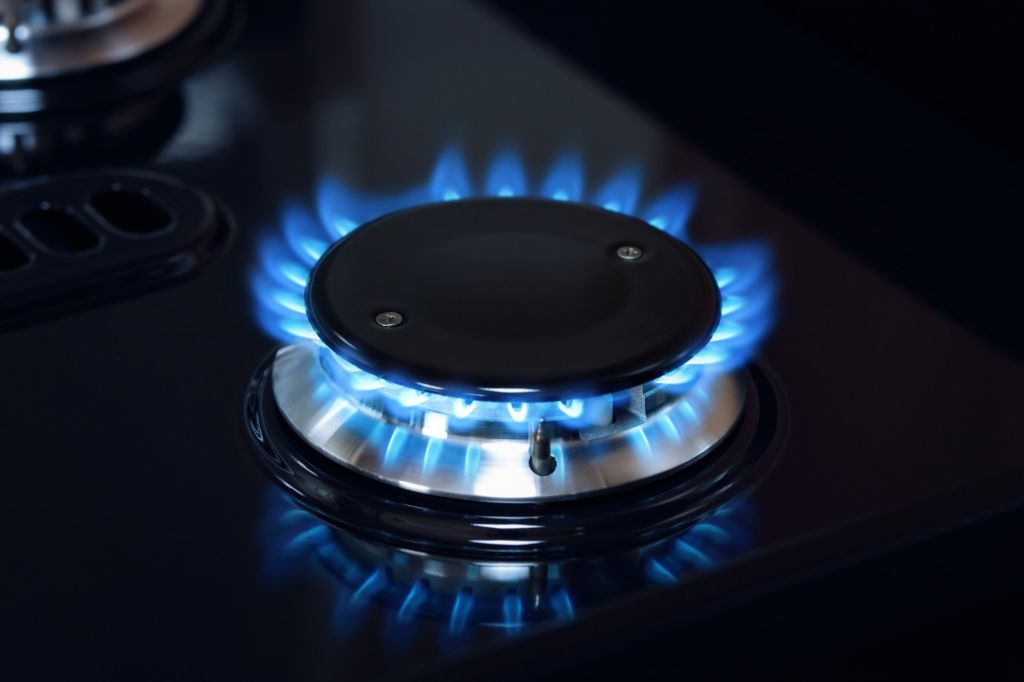
Liquefied petroleum gas or liquid petroleum gas (LPG or LP gas), also referred to as simply propane or butane, are flammable mixtures of hydrocarbon gases used as fuel in heating appliances, cooking equipment, and vehicles.
It is widely used alternative fuel. It has substantial reserves due to its dual origins from natural gas processing and crude oil refining. Liquefied Petrol Gas (LPG) powered passenger cars have about 10% lower tailpipe CO2 emission than comparable gasoline powered cars. When compared to a diesel car, there is no significant CO2 emission reduction per km driven; however, LPG powered vehicles do have substantially lower NOx emissions than diesel powered vehicles.
